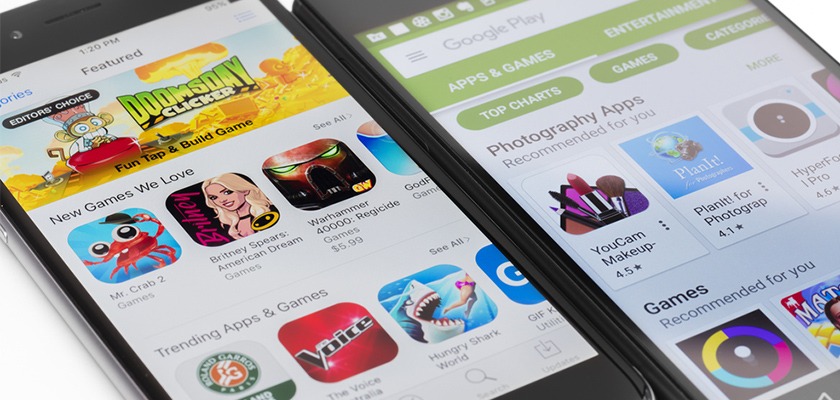
Decoding the Expenses of Mobile App Development: An In-Depth Guide
However, some people include applications in their daily lives, and mobile apps become a gadget that has become part and parcel of activity in a digital era. In a gamut of social media platforms to productivity tools, mobile applications provide …

5 Fitness App Marketing Strategies That Guarantee Downloads
Embarking on the right fitness app marketing strategy can be your golden ticket to standing out, captivating users, and guiding them toward your app as their ultimate fitness companion. With the fitness app market projected to reach $14.7 billion by …

10 Essential App Growth Hacks for 2024
In today’s world, where we can’t imagine life without smartphones, the sheer number of mobile apps out there is pretty mind-blowing. With over 1.7 million apps in the Apple App Store¹, the challenge for app developers and marketers isn’t just …

App Store Optimization (ASO) Tips & Tricks for 2024
Building an app is hard work. It requires a great deal of time, money, and effort. Unfortunately, even this is not enough. No matter how exceptional your app is, it will all be for nothing if people don’t know about …





















